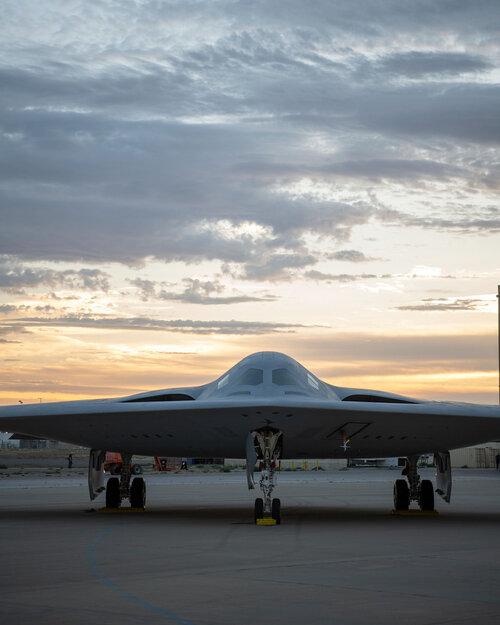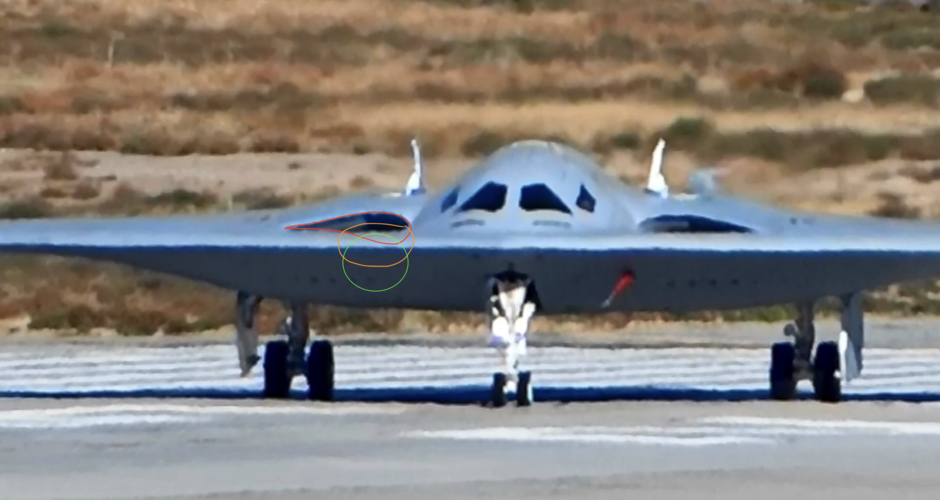“The Electronic Mate and Alignments Systems Stations, or EMASS, is where the four major structure pieces are put together,” Howes explains. “Essentially, we’ve got four main pieces and we’re trying to align them and attach them together using laser alignment.”
During the mate process, the major aircraft components are brought together three times using the laser-guided alignment fixtures. The first time the components are brought together and measured for gaps. Then they are separated again so that the shims (aluminum pieces used to fill tolerance gaps), once they’re fabricated, can be installed. Then the aircraft is brought together again for a match drilling operation through the shim and both pieces of mating structure. The components are separated one final time to debur the holes, followed by a third and final mate for permanent fastener install.
Following EMASS, the jet will be on its own wheels and it is lifted by an overhead crane to final assembly, where control surfaces will be added, along with final systems and engine installation.


![DOD_110570205.mp4_snapshot_00.14_[2024.09.18_23.08.56].jpg DOD_110570205.mp4_snapshot_00.14_[2024.09.18_23.08.56].jpg](https://www.secretprojects.co.uk/data/attachments/278/278375-985f91db821e5bd214e5b63165deb615.jpg)



